It’s almost a month since the Samsung Galaxy Unpacked event, but looking at the Korean giants new flagship foldable—the Galaxy Z Fold 4—you might not even realise that it’s an all-new device. I mean, it looks extremely similar to the last generation Galaxy Z Fold 3 for one, and there weren’t any major upgrades with the hardware other than what you’d expect anyway.
As such, let’s take a closer look at the Galaxy Z Fold 4 and put it up against the Galaxy Z Fold 3 to see what exactly is new with Samsung’s latest foldable device.
1. Display

On paper, both the Galaxy Z Fold 4 and its predecessor the Galaxy Z Fold 3 have the same 6.2-inch AMOLED cover display and a 7.6-inch AMOLED main display, but there’s more than meets the eye with Samsung’s new display. There’s a very subtle tweak to the aspect ratios of the two displays on the Galaxy Z Fold 4 compared to its predecessor, meaning that when you’re using the cover display you won’t have to use an abnormally tall display.
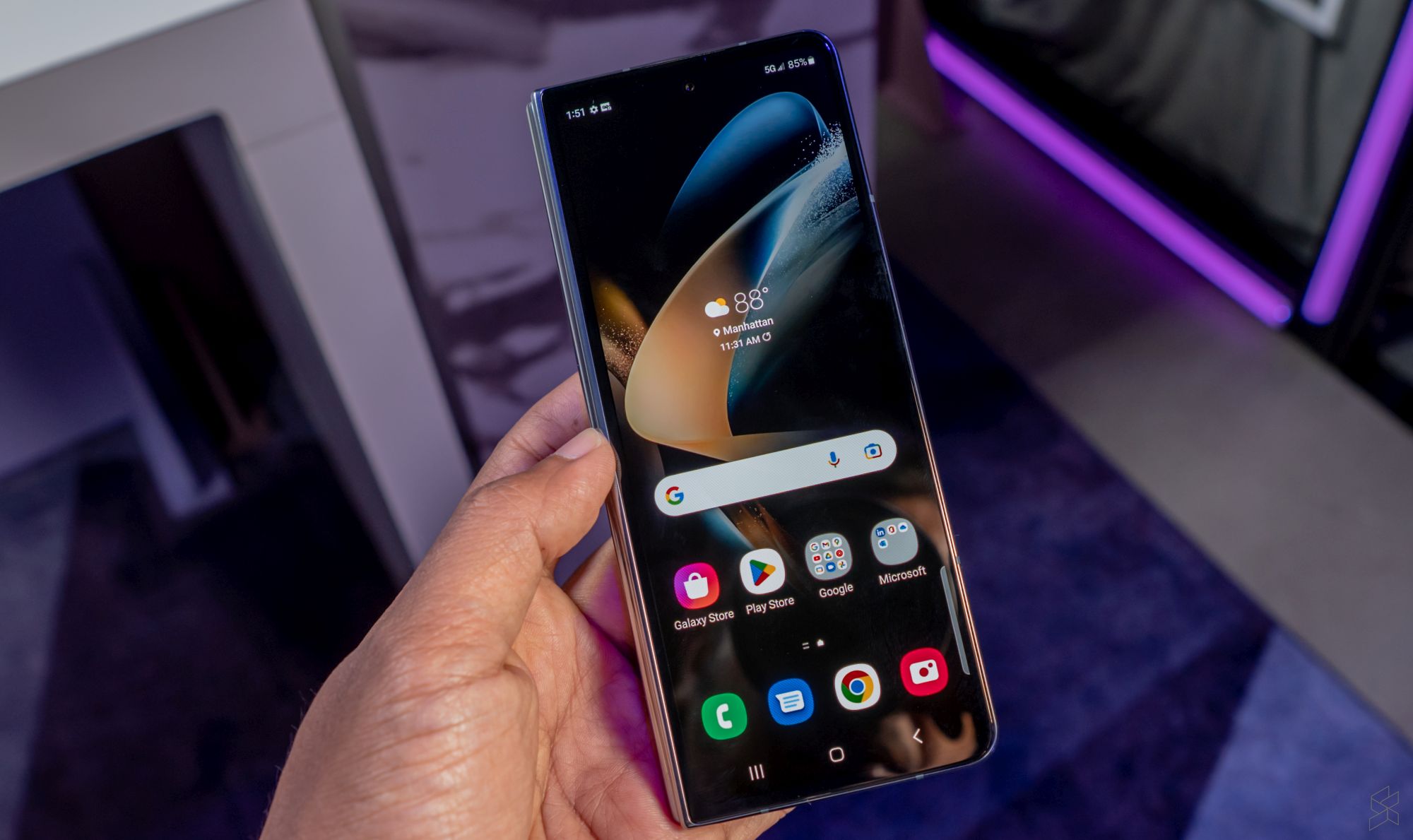
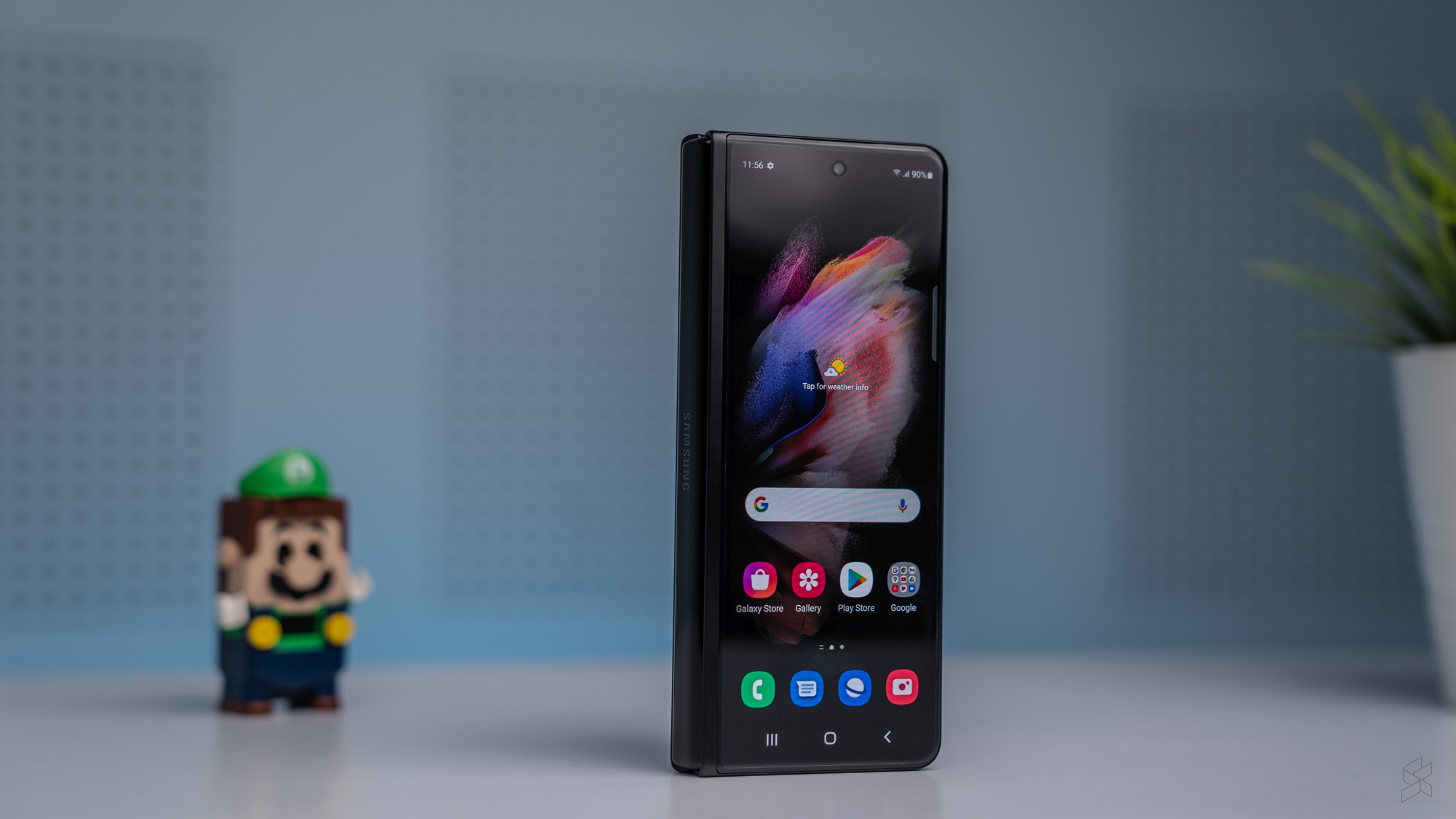
Specifically, the cover display is now a 23.1:9 screen, with a 904 x 2316p resolution—still tall, but not as tall as the 25:9, 832 x 2268p cover display on the Galaxy Z Fold 3. It also gets all of the regular features you’d expect such as a 120Hz refresh rate and Corning Gorilla Glass Victus+ over it. As for the main display, it’s now a 1812 x 2176p display compared to the 1768 x 2208p display on the Galaxy Z Fold 3. It too features a 120Hz refresh rate, HDR10+ support and a peak brightness of 1200nits. Samsung also claims it has improved durability with a new ‘optimised layer structure’ build.
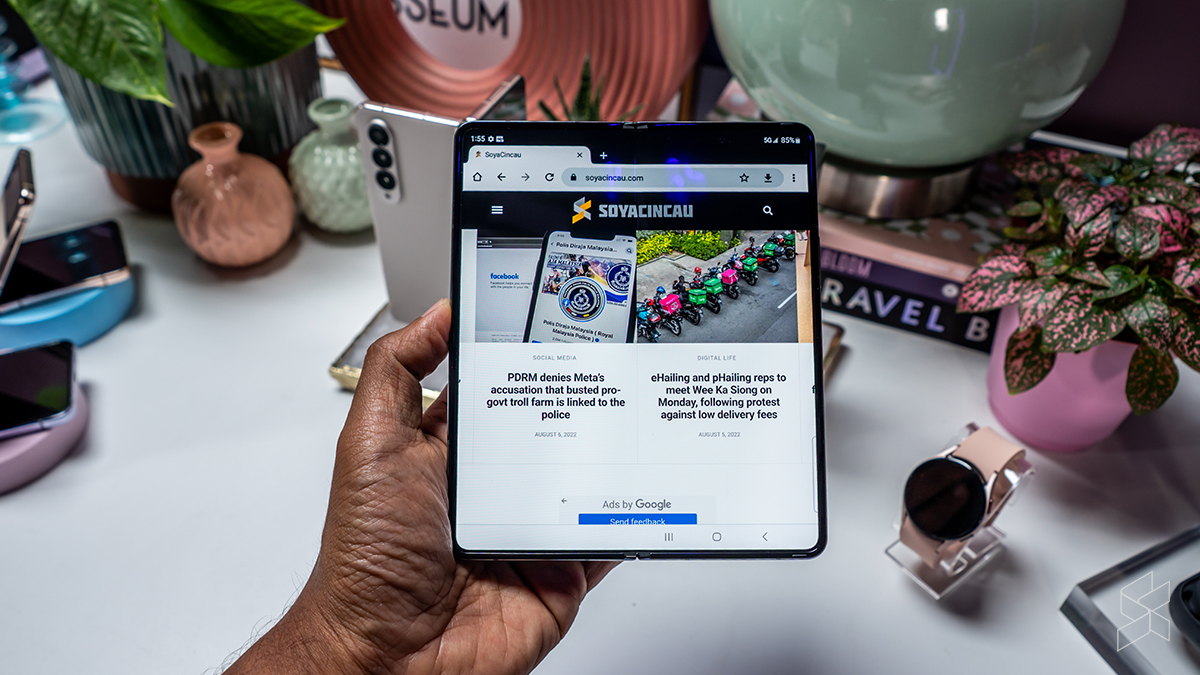
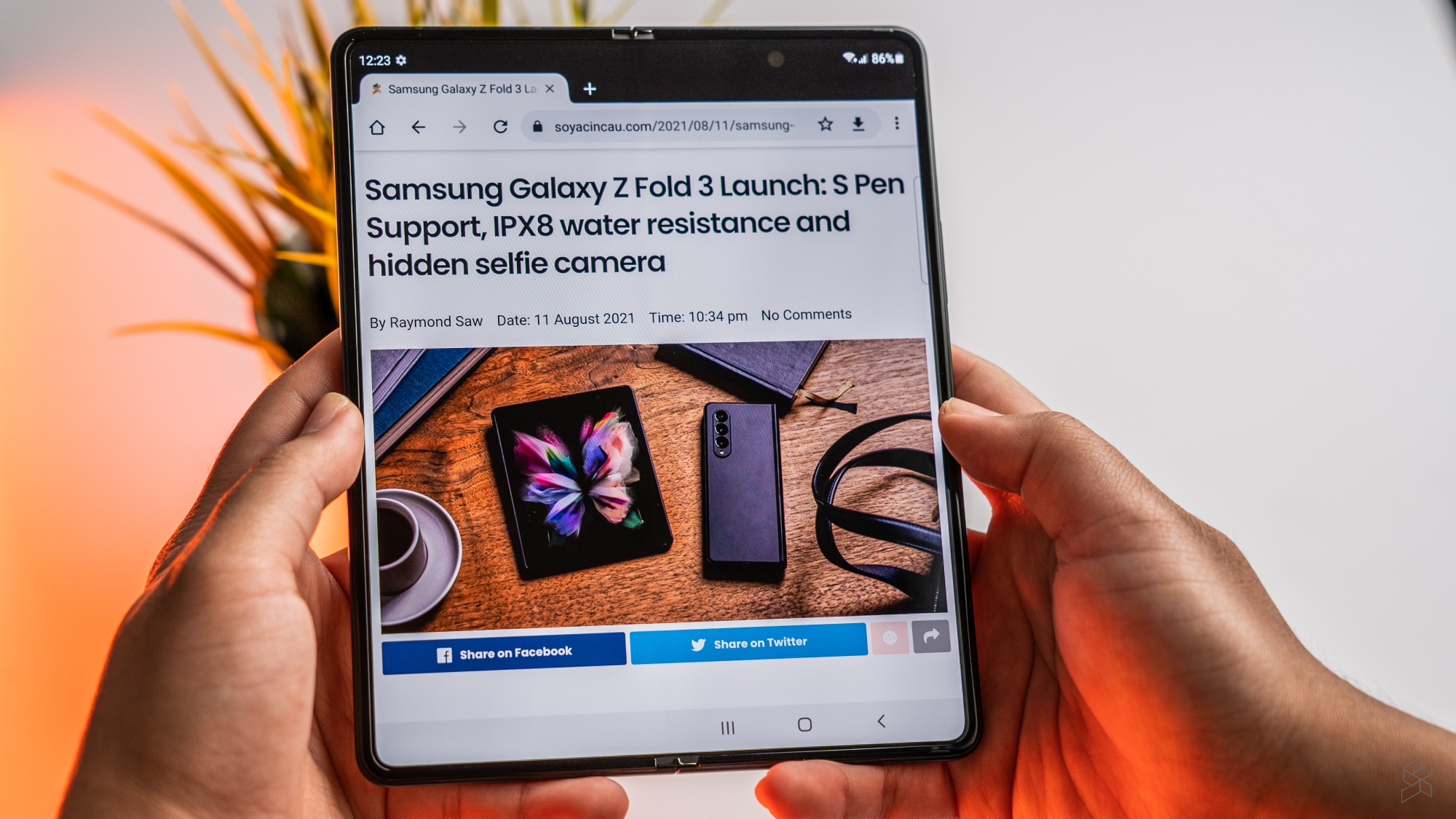
2. Hinge
When Samsung showed off the Galaxy Z Fold 4 during their Galaxy Unpacked event, one upgrade that they pointed out with the Galaxy Z Fold 4 was an improved hinge. Instead of using their older design with gears and interlocking teeth, the newer hinge has much less gears, instead using a more linear movement instead.
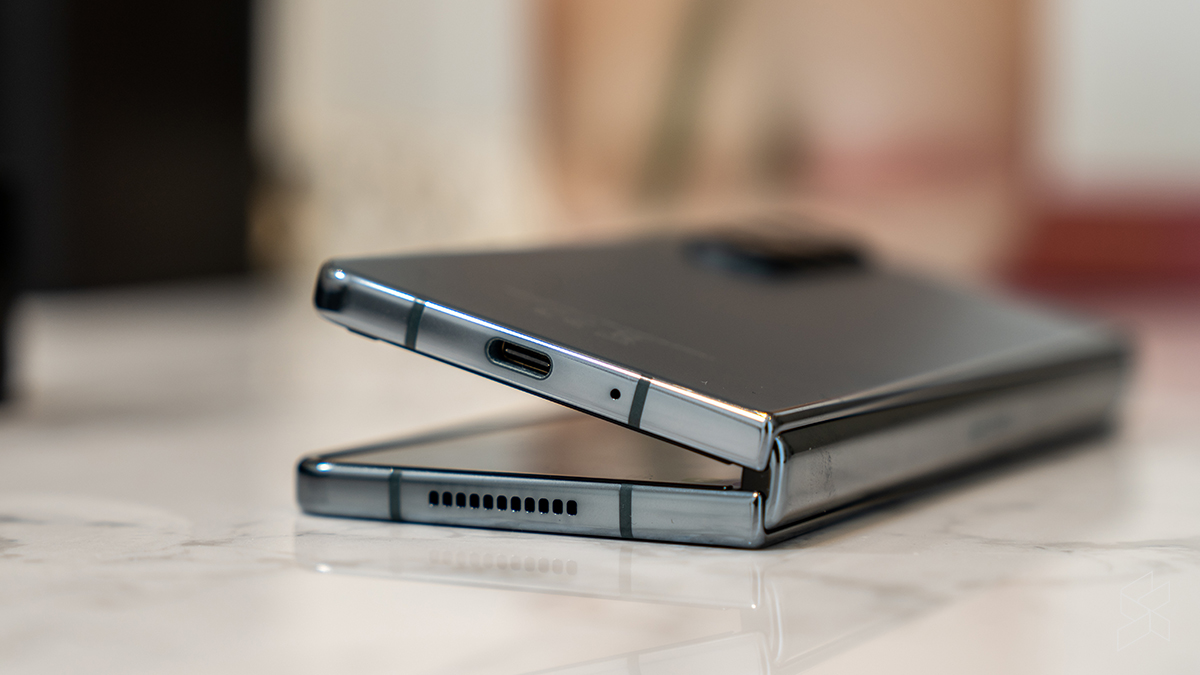
While it’s much more complicated, it also means that the hinge system is more compact compared to the last three Galaxy Z Fold devices, allowing for a slightly more compact size at 15.8mm, compared to 16mm on the Galaxy Z Fold. You’ll still be able to get at least 200,000 folds out of the Galaxy Z Fold 4 during its lifetime.
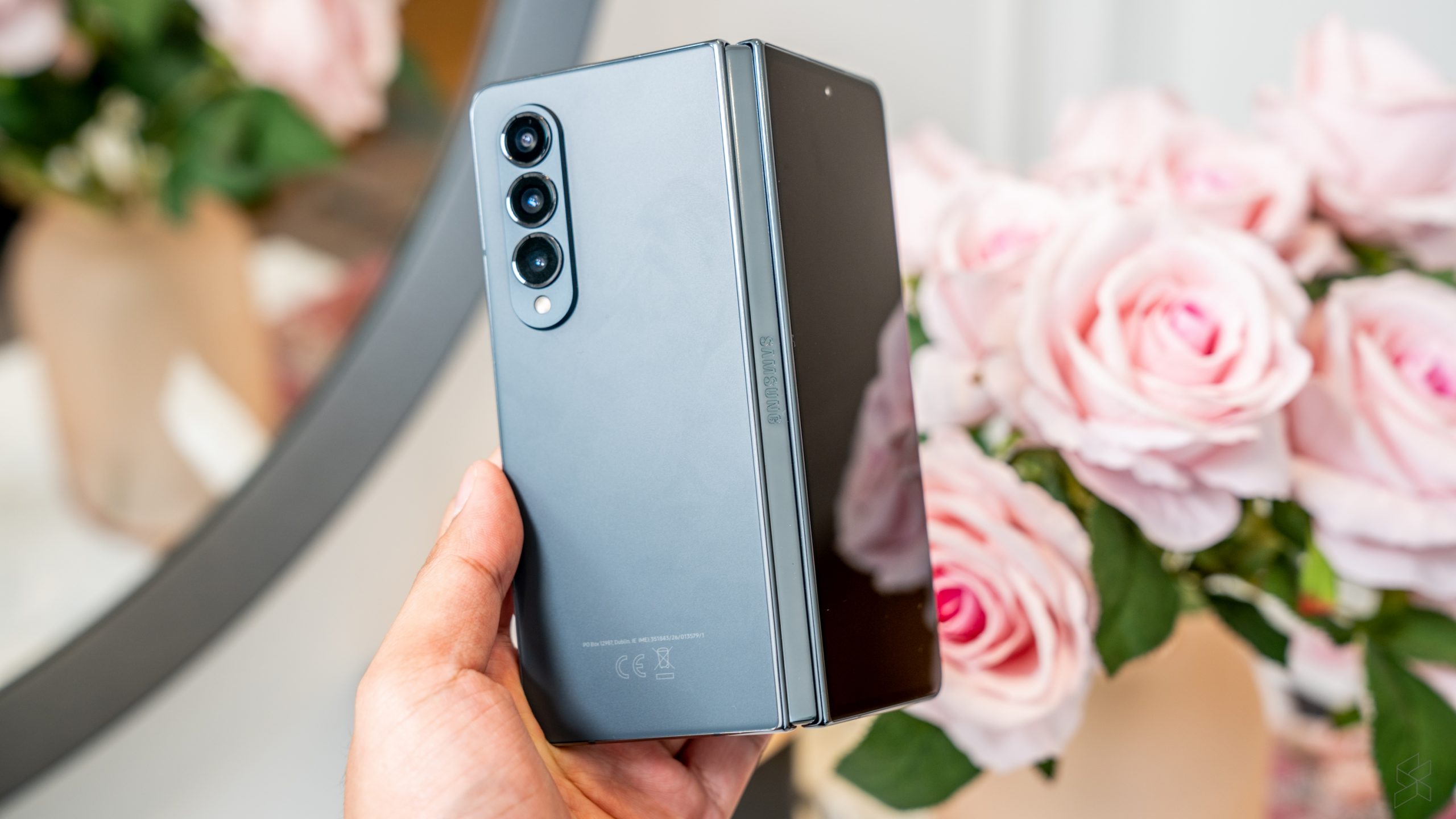
3. Performance
The most obvious improvement with any new generation of a device will typically be its processor, so it’s a no-brainer here that the Galaxy Z Fold 4 comes with the latest and greatest Qualcomm Snapdragon 8+ Gen 1, mated to 12GB of RAM and up to 1TB of storage. In comparison, the Galaxy Z Fold 3 has the last gen Snapdragon 888 with 12GB of RAM and only up to 512GB of storage.
4. Operating system
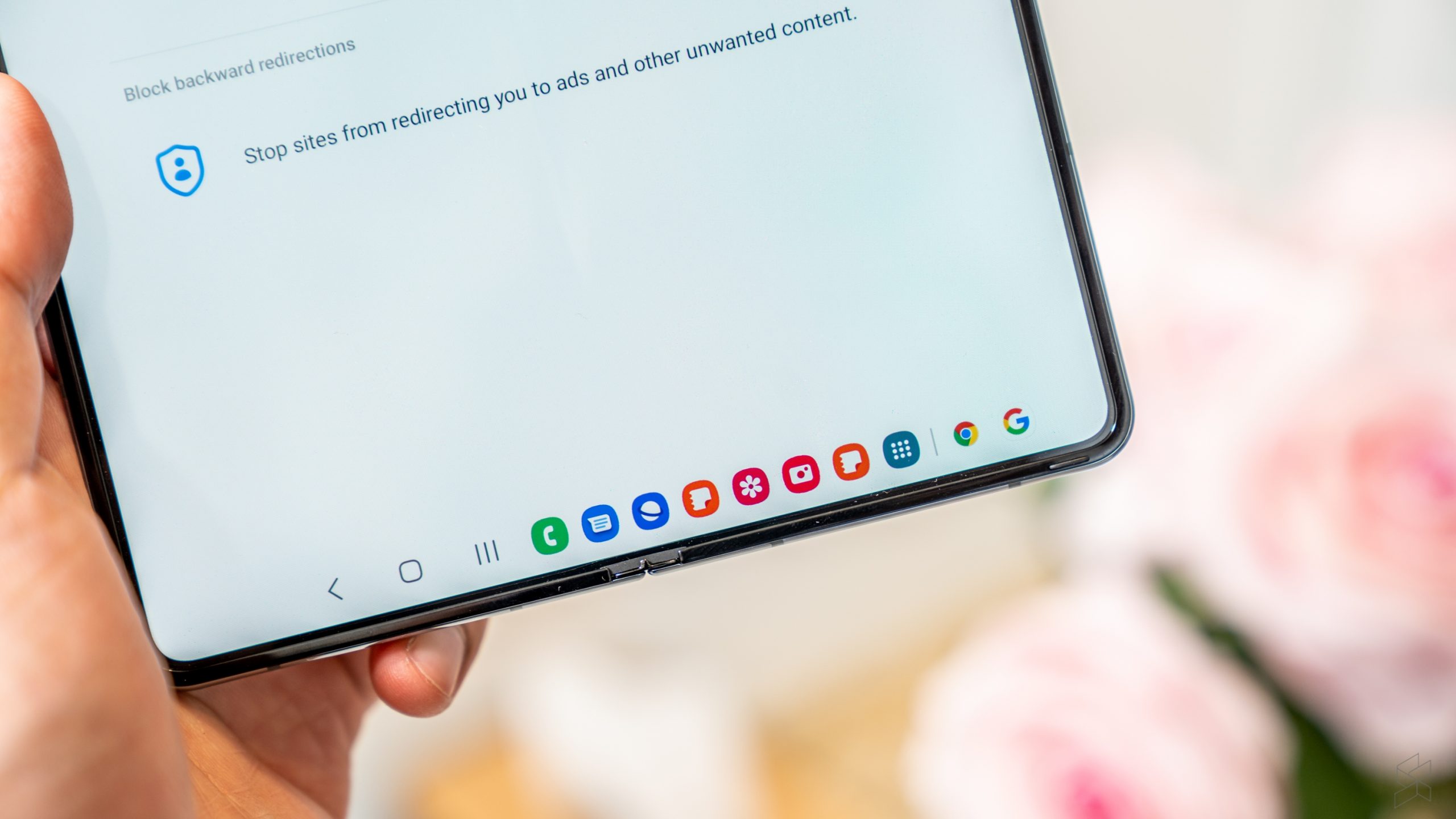
When Samsung debuted the Galaxy Z Fold 4 to the world, one big notable improvement many people felt was its Android 12L operating system, with Samsung’s own One UI 4.1.1 over it of course. Android 12L is a special feature drop by Google designed with large screen devices such as tablets and foldables in mind. It brings with it a revamped UI, a taskbar on the bottom and easier multitasking too when using the large main display on the Galaxy Z Fold 4.
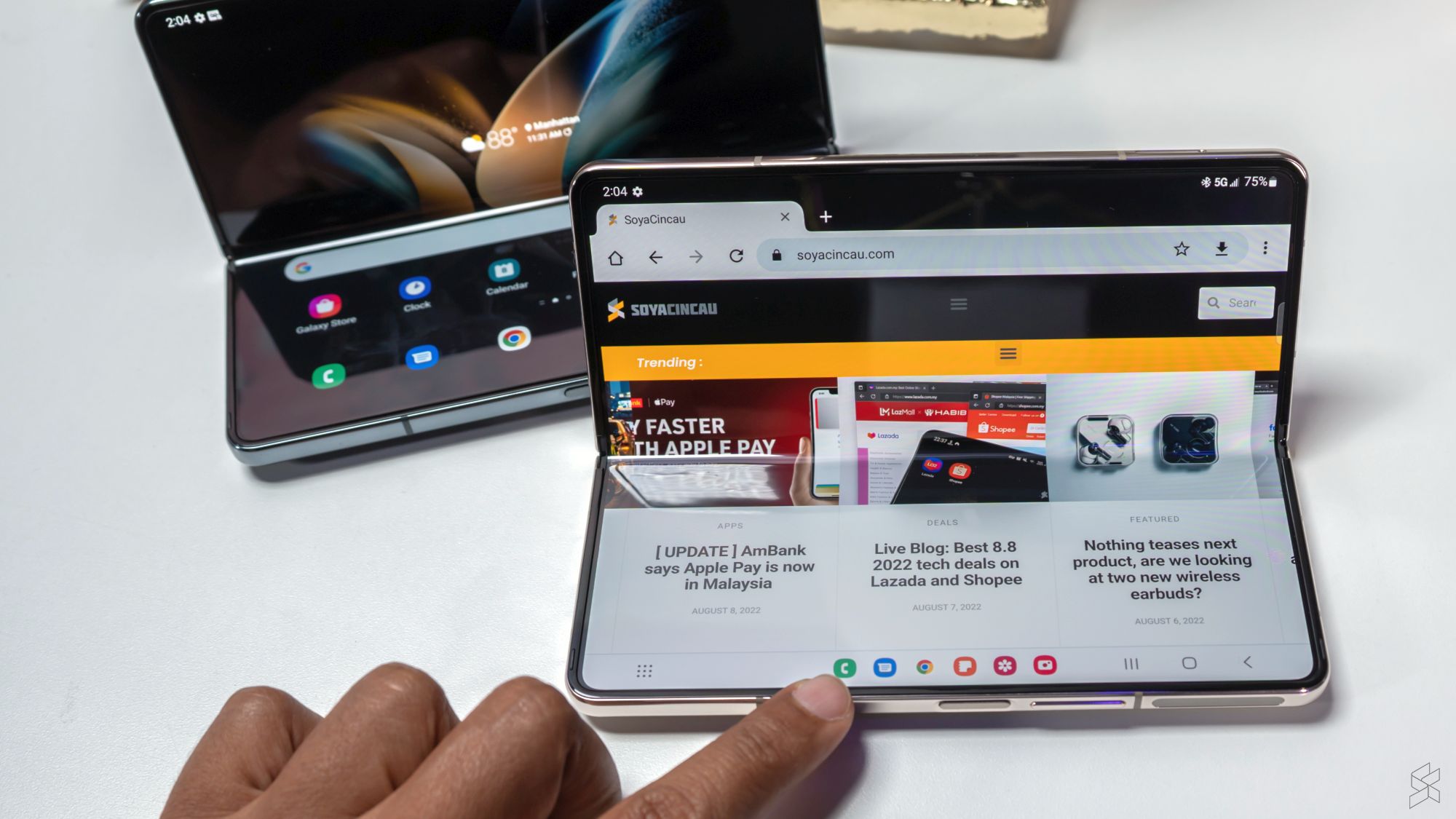
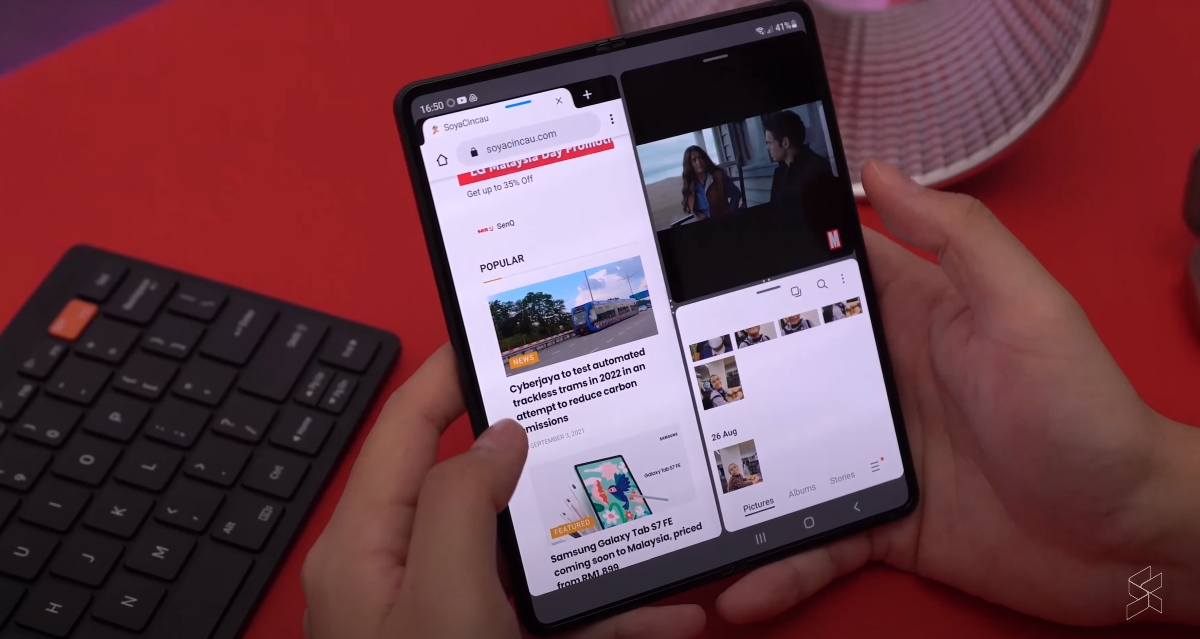
The Galaxy Z Fold 3 however did not come with Android 12L. Instead, when it launched in August last year it came with Android 11 out of the box. However, there’s some good news for you Galaxy Z Fold 3 users, as Samsung has announced that they have just begun rolling out the same One UI 4.1.1 update to all previous generations of Galaxy Z Fold and Z Flip devices. This means that you should be able to get all of the same software features that the Galaxy Z Fold 4 has.
5. Battery
If you were hoping for a big battery improvement on the Galaxy Z Fold 4, then I’m sorry to disappoint as Samsung has opted to keep with the same 4,400mAh battery that was also in its predecessor. It also has the exact same 25W fast charging as the Galaxy Z Fold 3, though it does has slightly faster 15W charging compared to 11W on the older one, along with 4.5W reverse wireless charging.
6. Camera

One of the more notable upgrades with the Galaxy Z Fold 4 was its camera system. It retains the same three camera setup on the rear of the foldable, along with an under display camera on the main display and a selfie camera on the cover display, but Samsung’s newest foldable gets a better 50MP, f/1.8 main shooter too, compared to the old model’s 12MP, f/1.8 main camera.
As for the telephoto shooters, the Galaxy Z Fold 4 features a 10MP, f/2.4 telephoto shooter, which on paper does actually look weaker than the Galaxy Z Fold 3’s 12MP, f/2.4 telephoto camera. However, there’s actually more than meets the eye here as the Galaxy Z Fold 4’s telephoto camera offers a 3x optical zoom, compared to the 2x optical zoom of its predecessor. This means that you’ll be able to get a little bit more zoom on your subject on the newer foldable without losing quality.

In fact, it’s essentially the same rear camera as the one on the Galaxy S22 and Galaxy S22+. You’re also getting the same 12MP, f/2.2 ultrawide camera as the one on Samsung’s mainstream flagship devices, which on paper is also quite similar to the 12MP, f/2.2 ultrawide shooter on the older Galaxy Z Fold 3 too.
The main display on the Galaxy Z Fold 4 meanwhile also has a similar 4MP, f/1.8 under display camera as the Galaxy Z Fold 3 which should be enough for conference calls and the like. While there isn’t much improvement in the actual camera itself, Samsung does claim that it’s less noticeable when using the main display. You’ll also find a similar 10MP, f/2.2 front facing camera on the cover display on both devices.
7. Price
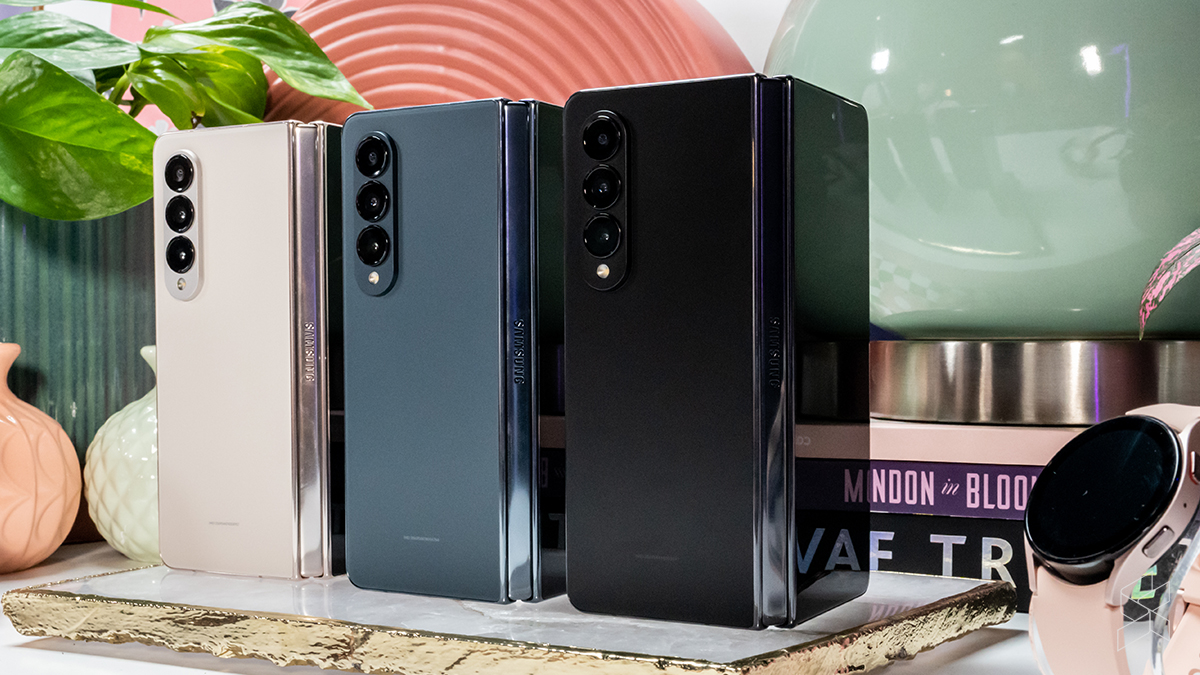
Last but not least, we’re gonna take a look at the retail prices for the Galaxy Z Fold 4 compared to its predecessor. Unfortunately, it seems that to own Samsung’s latest flagship foldable, it will cost you at least RM6,799, a RM100 increase over than the RM6,699 starting price that the Galaxy Z Fold 3 went for.
Those price tags are for the 256GB models though; for the 512GB models, the Galaxy Z Fold 4 actually costs RM200 more than the Galaxy Z Fold 3 at RM7,299 compared to RM7,099. Furthermore, with the Galaxy Z Fold 3 now being a year old, you’ll likely be able to get it for cheaper than what it originally launched for. If you do get the older foldable though, you will need to remember that you’ll get a year less of software support and Android OS updates.
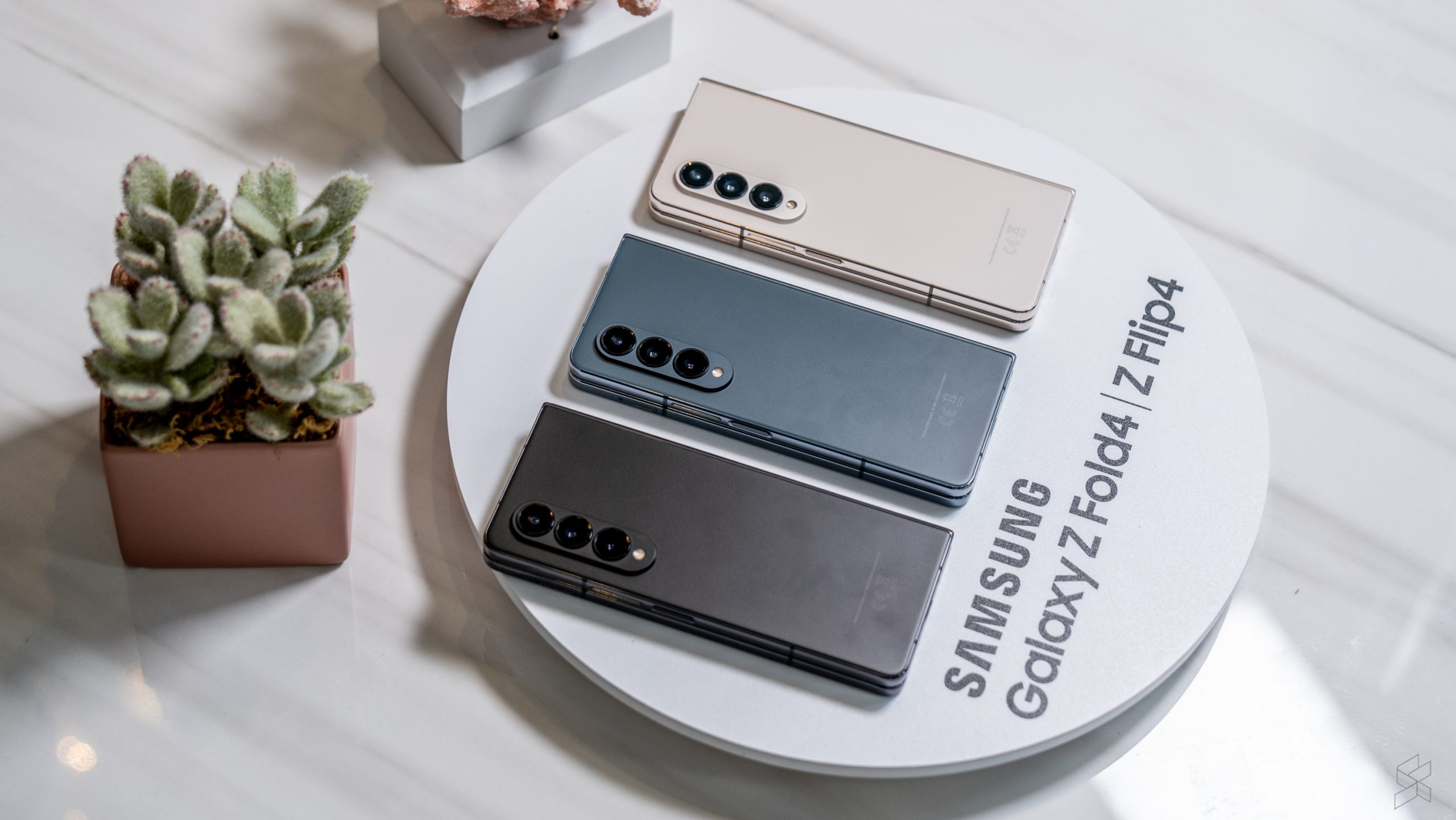
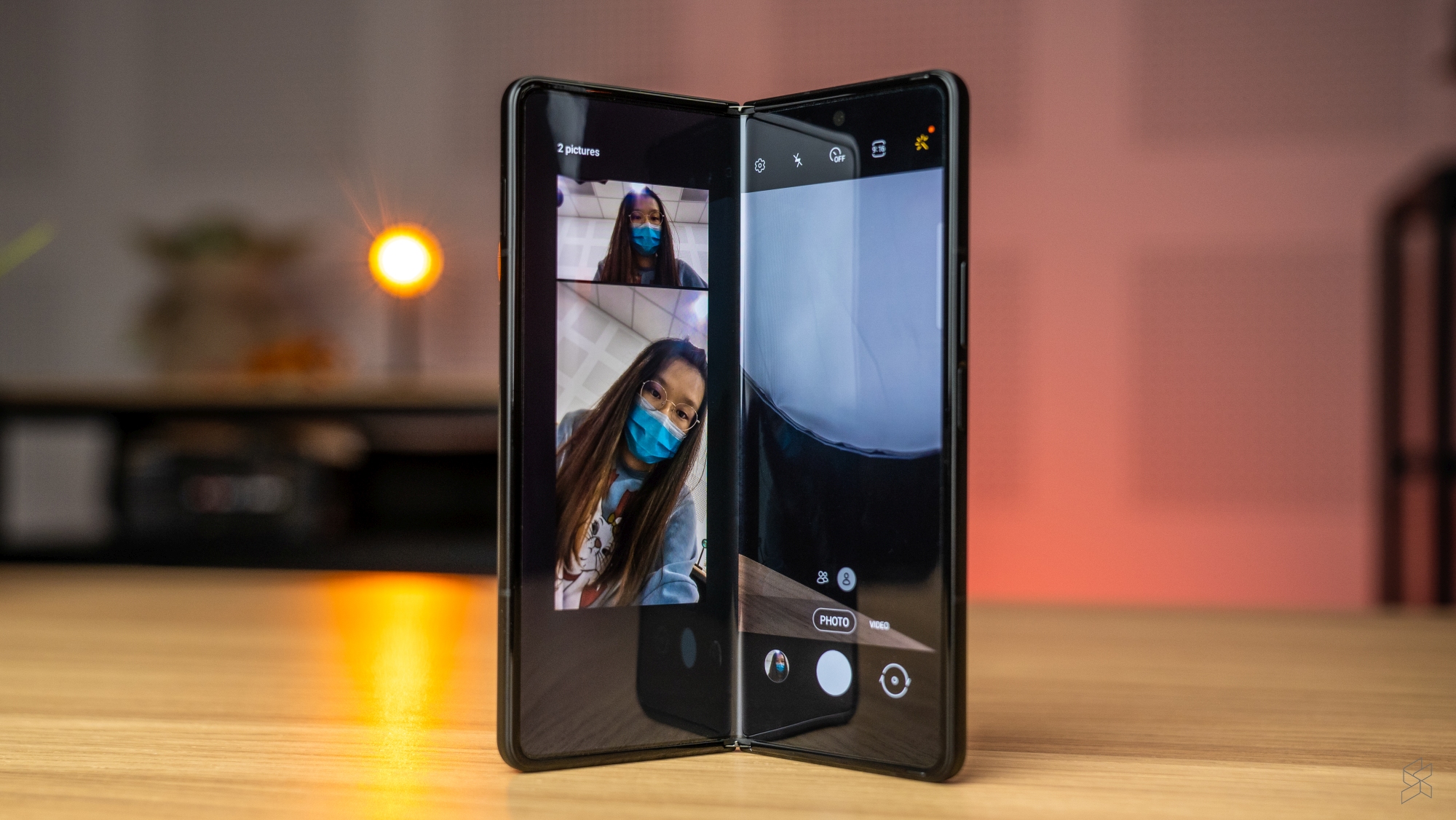
That being said, it should be noted that Malaysia actually has one of the cheapest Galaxy Z Fold 4 price tags in the world too. According to a price comparison by Jun Saito, when converted to the same currently, Malaysia ranks as the second cheapest place to buy a 256GB or 512GB Galaxy Z Fold 4 at time of writing using the latest possible currency exchange rates. The 1TB Galaxy Z Fold 4 meanwhile costs RM8,299, making it the third most expensive in the world.

For more information about the Galaxy Z Fold 4, you can check out our announcement post on it as well as its pricing information here.
0 comments :
Post a Comment